Self-Guided Walking Tour
Rediscover Greenwich Avenue - Mural Tour
Approx. Time
1 Hour
Greenwich Avenue Mural Tour
Tour Overview
Historic buildings are transformed into large-scale murals showcasing archival images of how these sites once appeared. Each mural, created by Untapped New York artist Aaron Asis, incorporates visuals and text from the Historical Society’s collections, along with interactive QR codes that unlock the stories behind each location.
#362 Meli Melo:
The Infrastructure of Greenwich Ave
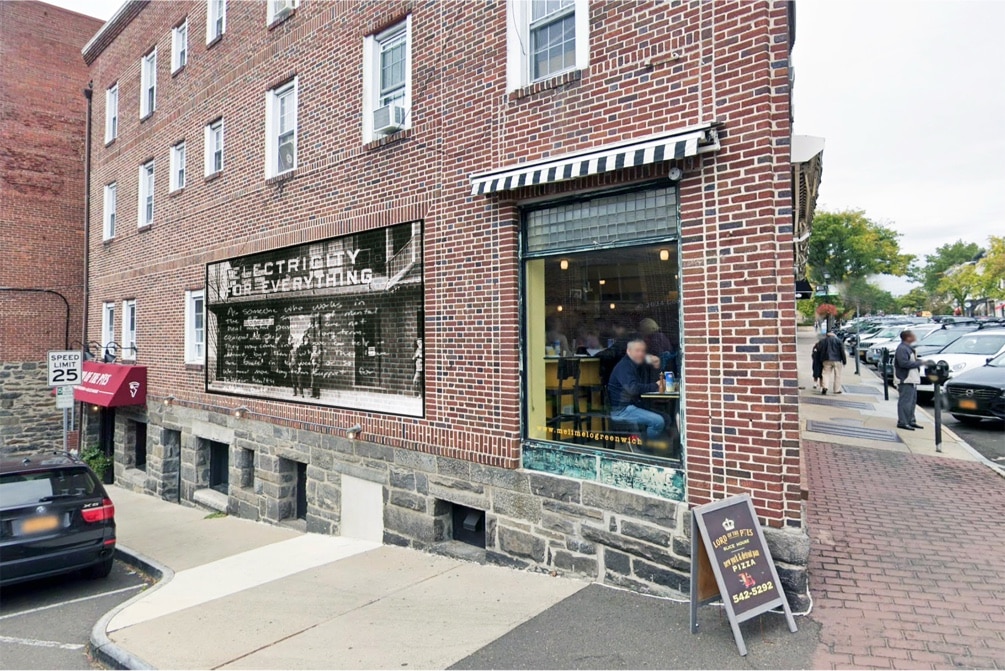
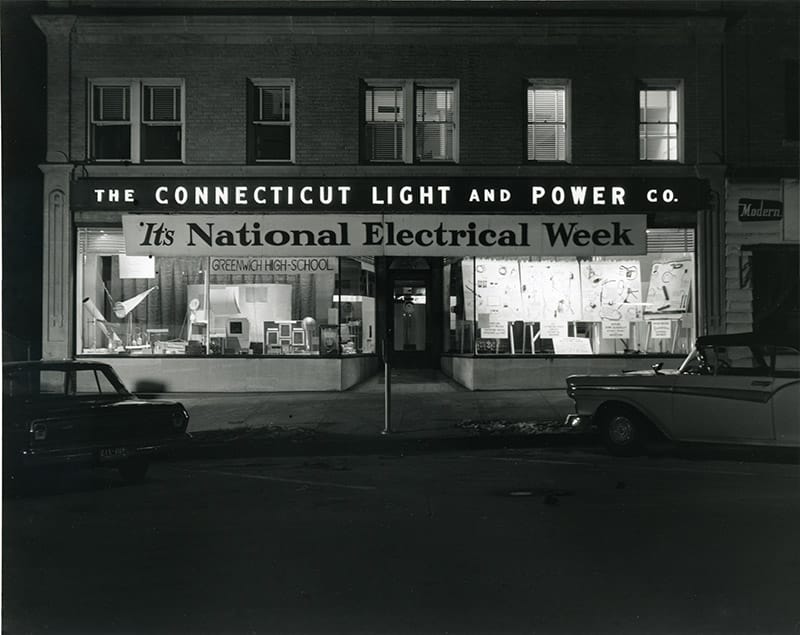
330 Railroad Avenue
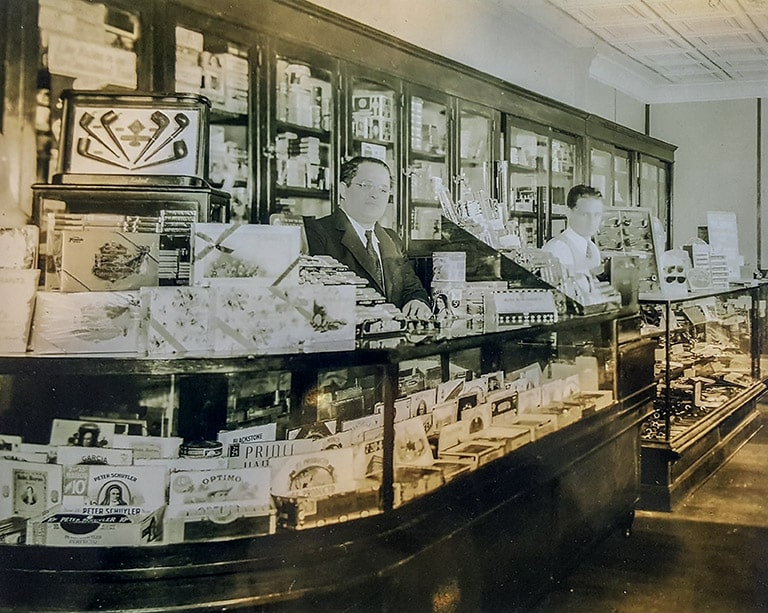
417 Greenwich Avenue

2 Greenwich Avenue
Connecticut Light & Power
The electrical age was in its infancy in the early 1900s, as were the various state and federal agencies whose task it was to regulate new power sources.
J. Henry Roraback envisioned a string of hydroelectric plants along tributaries of the Housatonic River in a grid, harnessing the power of the rushing water to bring electricity to homes and businesses throughout western Connecticut. He teamed with United Gas Improvements and bought the Housatonic Power Co. from the New York, New Haven & Hartford Railroad Co. along with the Rocky River and a few other smaller power utility companies in the area.
These UGI-purchased companies formed the Connecticut Light and Power Co. in 1917, with offices located at 330 Railroad Avenue from 1928, and lasted until 2015 when it was rebranded Eversource Energy.

Early Modernization of the Avenue
Greenwich Avenue saw infrastructure improvements in the 1880s: kerosene streetlights (1881), partial sewer lines and piped water to Arch Street (1882), and a stone and clay road surface (1882). Electric streetlights arrived in 1890, and the sewer line was extended to Railroad Avenue by 1893 (later replaced in that section).
The commercial area expanded south of Lewis Street by 1890, while homes were built further south. The Greenwich Library was built in 1896, at 205 Greenwich Avenue , currently the site of Saks Fifth Avenue. After a fire in 1908 that destroyed several key buildings, brick and stone became more common building materials. Many pre- and post-1900 buildings were well-designed and often bore the builders’ names. By this time, the harbor was dredged, supporting waterfront businesses.
A trolley line ran along Greenwich Avenue starting in 1901 and was double-tracked and extended town-wide by 1912. The Avenue was paved with brick in sections between 1903 and 1908. Houses along the Avenue were often moved to make way for commercial development. Finch’s Corner and adjacent lots were developed around 1913 with similar buildings, and new, more powerful streetlights were installed.
The Avenue underwent major widenings in 1911, 1917, and 1931-32. Commercial growth extended to the Post Road in the 1920s, and larger stores, banks, and a movie theater were built on the Avenue.
Samuel Berenblum opened a tobacco store at 417 Greenwich Avenue in 1924, converted it to Modern Radio & Appliances in the 1940’s and continued to operate the business until 1952. The recently constructed Tudor-style building at that location emulates the 1920’s Isaac Mead Building at 2 Greenwich Avenue, thought to be the first brick building in Greenwich.
#116 Greenwich Pharmacy:
The Trees of the Avenue

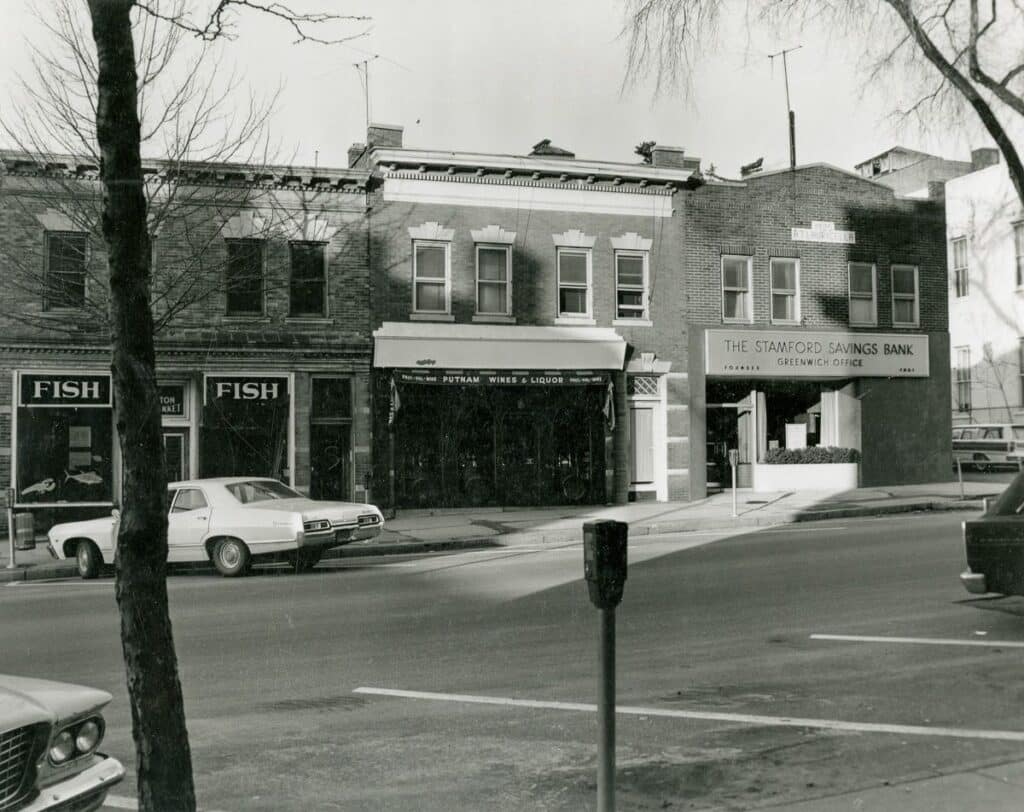
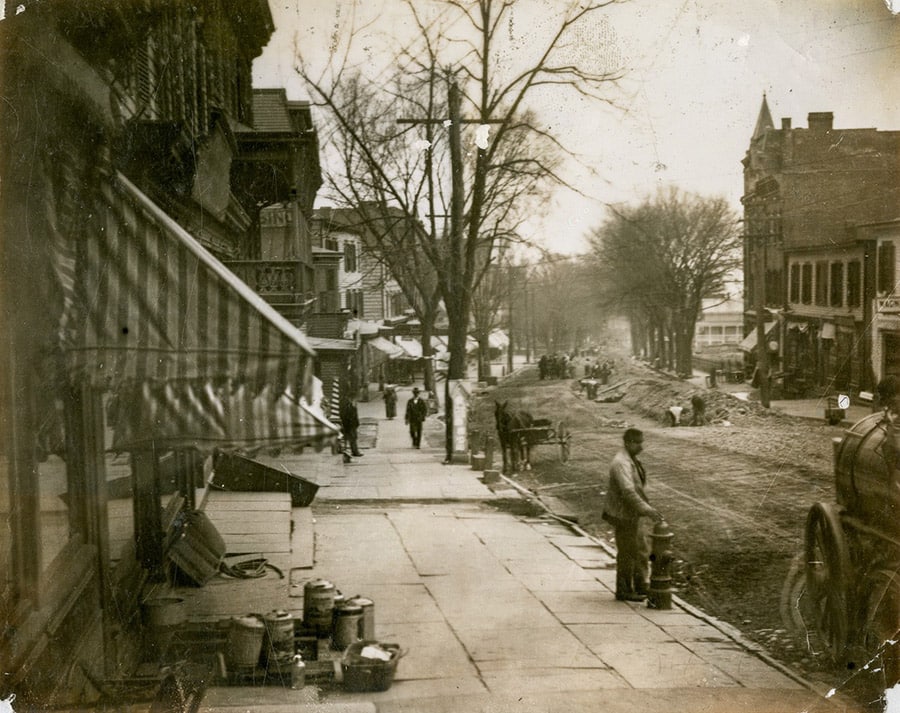
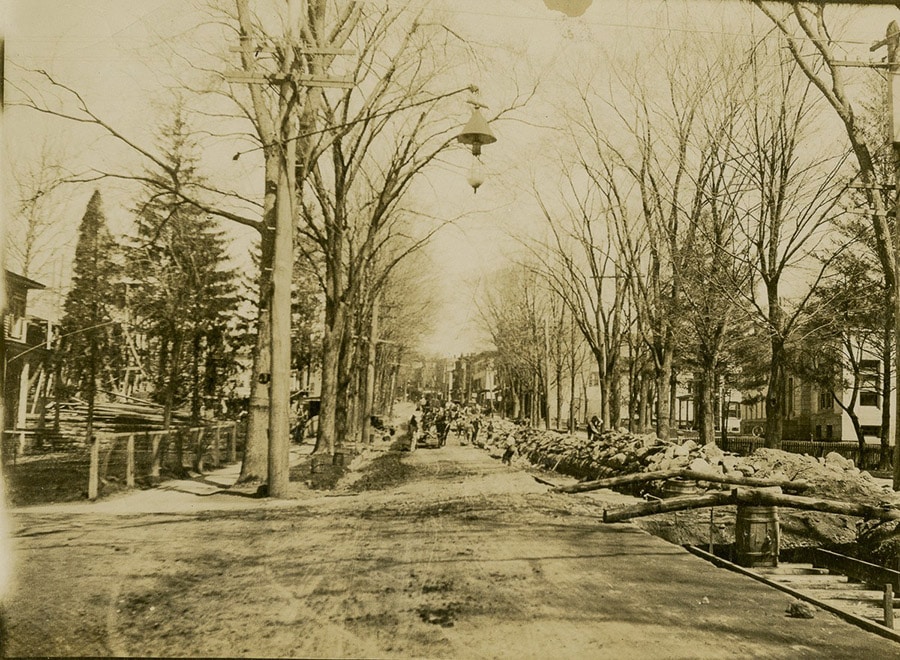
S. Merwin Mead planted young Elm trees along part of the Avenue in 1852.
Gertrude duPont Howland with the Green Fingers had single handedly replaced the Elms that died some say because of car pollution other say from possible Elm disease. She helped to replace the trees with more pollution resilient trees called Moraine Honey Locusts. But eventually the Avenue was lined with oaks and a variety of other trees based on the property owner’s choices.
116 Greenwich Ave (originally Greenwich Produce and now CFCF Coffee) has been owned by the Lauricella family since 1901. If you look at the skylight above the door you can match the door in the photo with the door there now. When A&P and Gristedes came to town, A.T. Lauricella closed this store and turned his attention to real estate.

#69 Bestever Cleaners:
The Shops of Greenwich Ave
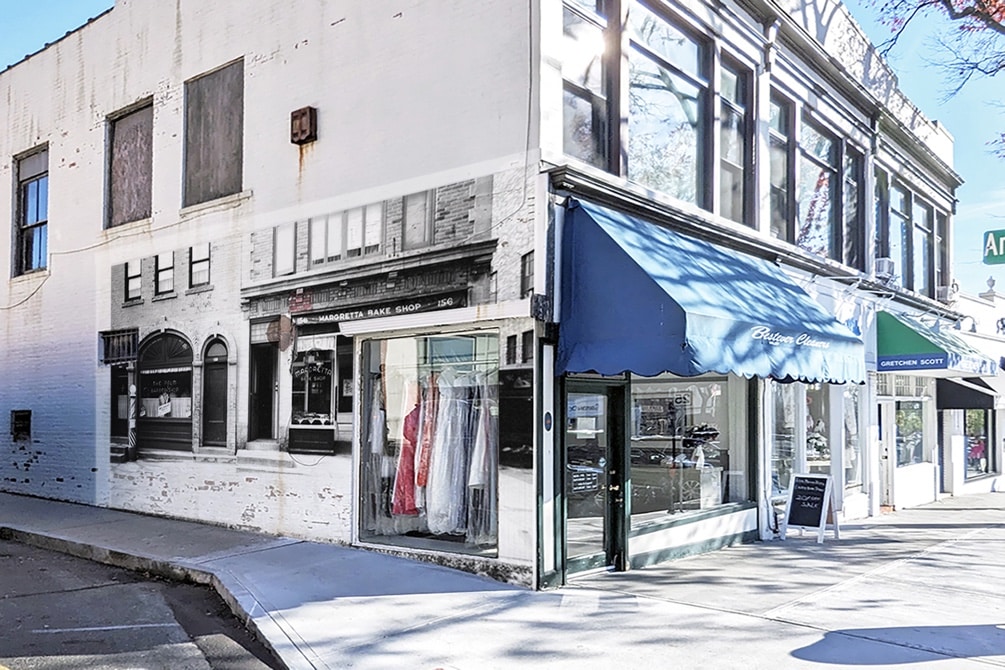

39 Greenwich Avenue
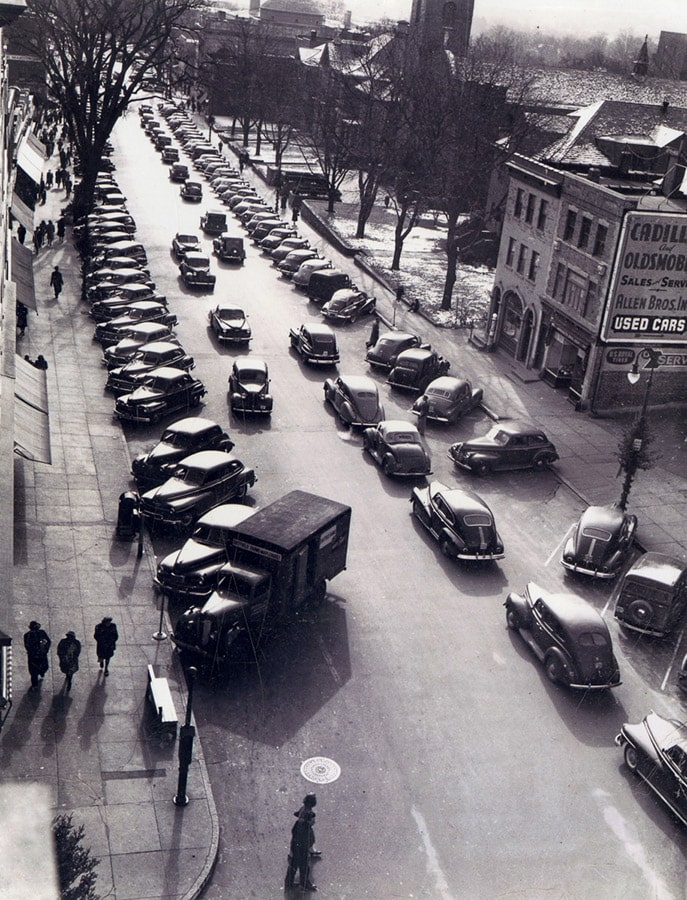
Greenwich Avenue

The Dawn of Retail on Greenwich Avenue
John Dayton opened a boot-and-shoe store at 39 Greenwich Avenue (near what is now The Granola Bar) in 1852. He was still in business as of October 1880. Dayton was highly influential in promoting local history interest in Greenwich.
Indeed, the Avenue’s first commercial building, a small, two-story clapboard structure with a gable roof, was built just south of the Post Road which housed Dayton’s shoe store on the ground floor and Daniel Mead’s law offices above. This building was typical of the commercial structures that followed: mostly two- or three-story frame buildings with piazzas.
The quote: With a $270 loan and adhering to family tradition, Chancy D’Elia started selling women’s sportswear in 1932. From a tiny space in her uncle’s dry cleaning shop, her business grew over four and a half decades into one of Greenwich’s major local retailers.
Her store at 244 Greenwich Avenue (now Rag & Bone) became a well-known fixture, and customers highly valued D’Elia for her engaging personality and sharp eye for fashion.

#301 Starbucks:
The Maher Building
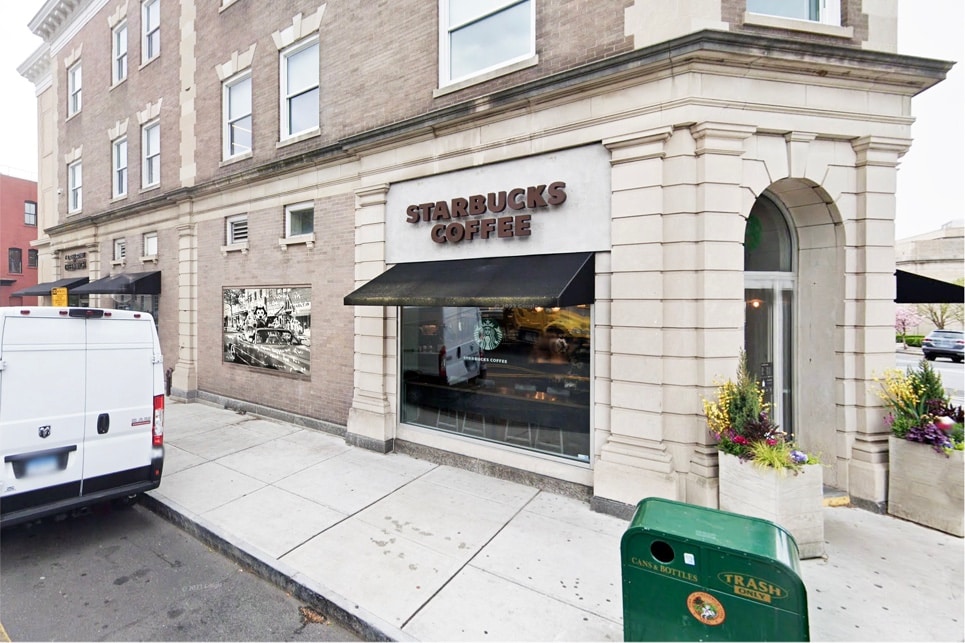
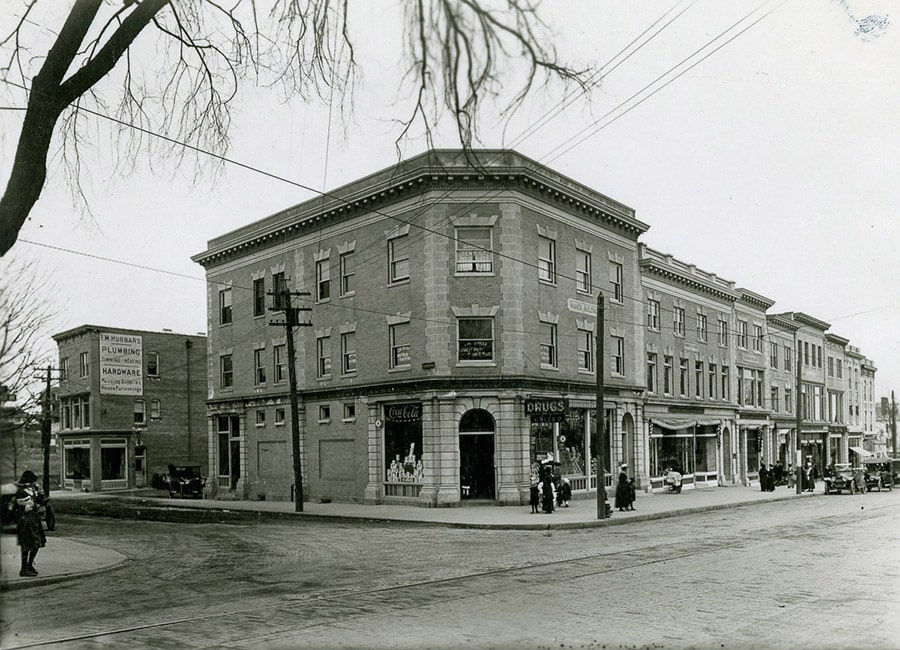
301 Greenwich Avenue
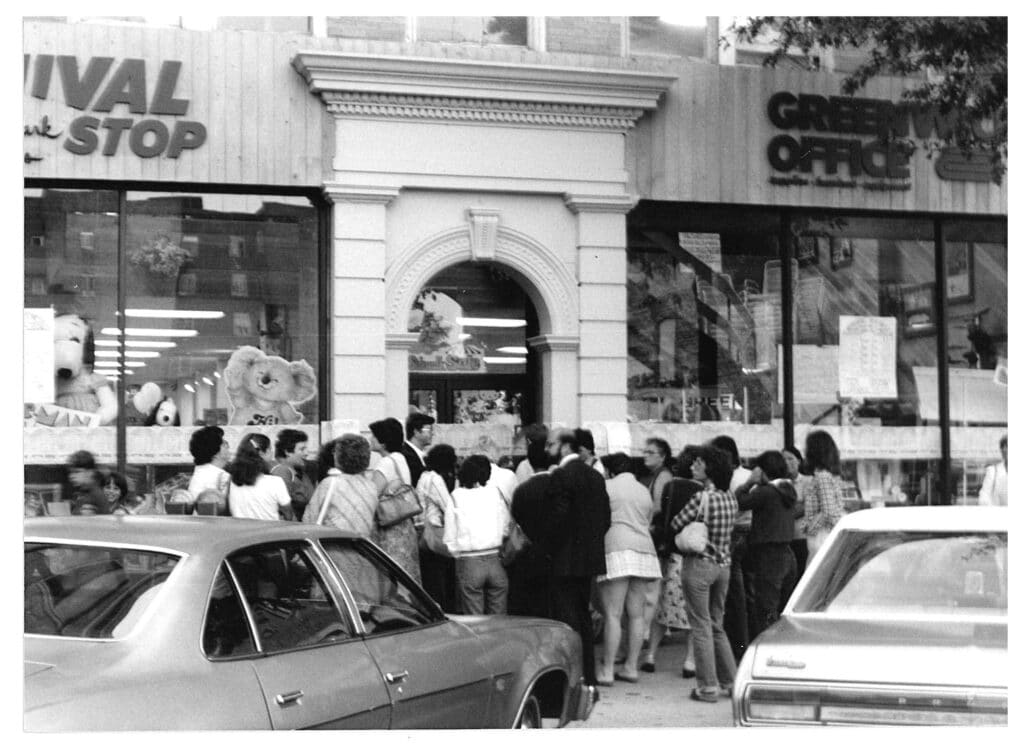
221 Greenwich Avenue c1970s
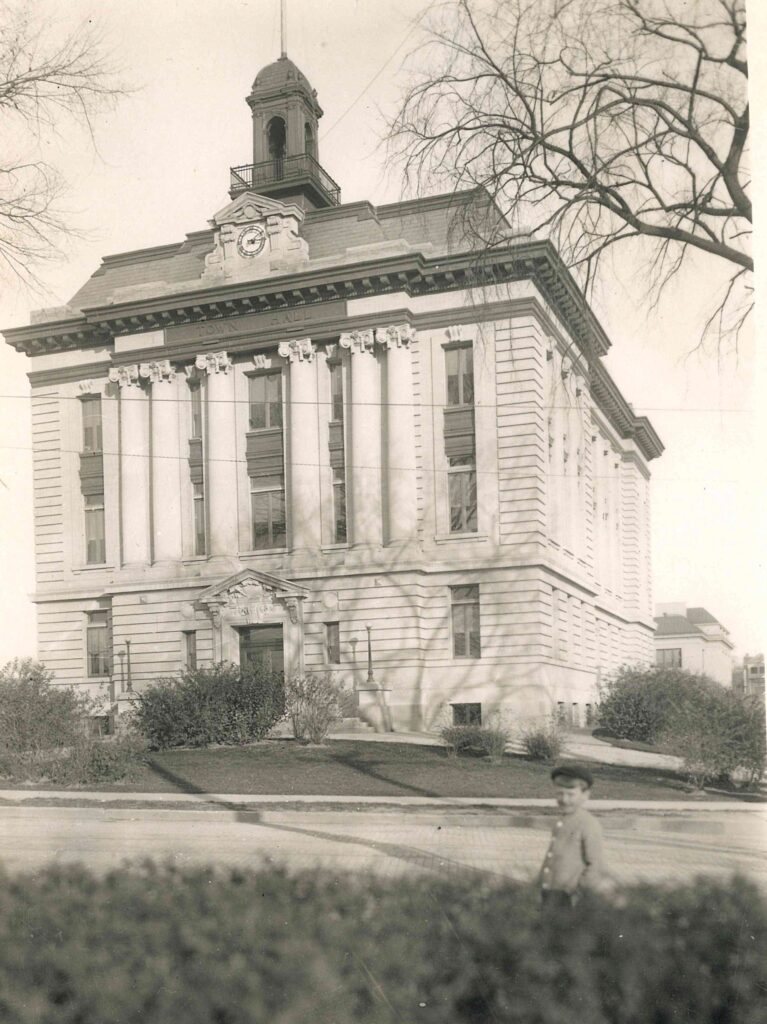
299 Greenwich Avenue
One of the earliest office buildings on Greenwich Avenue, the Maher Building at 301 Greenwich Avenue was built by John Maher around 1909. It remained in the family for 45 years before being sold in 1954. Finch’s Drug Store used to occupy the ground floor in the space currently occupied by Starbucks.
About the mural: Harry Keleshian would get life-sized cartoon characters to come to the store on weekends and he would drive them down the Avenue in a convertible Cadillac and crowds would gather like a parade.
Keleshian moved to Greenwich in 1967 after marrying Edna Casparian. Despite few initial resources, his entrepreneurial drive and work ethic led him to run the Carnival Card Stop at 221-225 Greenwich Avenue (now ZARA) with his wife. Starting as a small store, it grew significantly. Keleshian actively contributed to Greenwich, co-founding Greenwich Green and Clean and the Downtown Retailers Association.
#299 Greenwich Arts Council:
Two-Way Street Exhibition

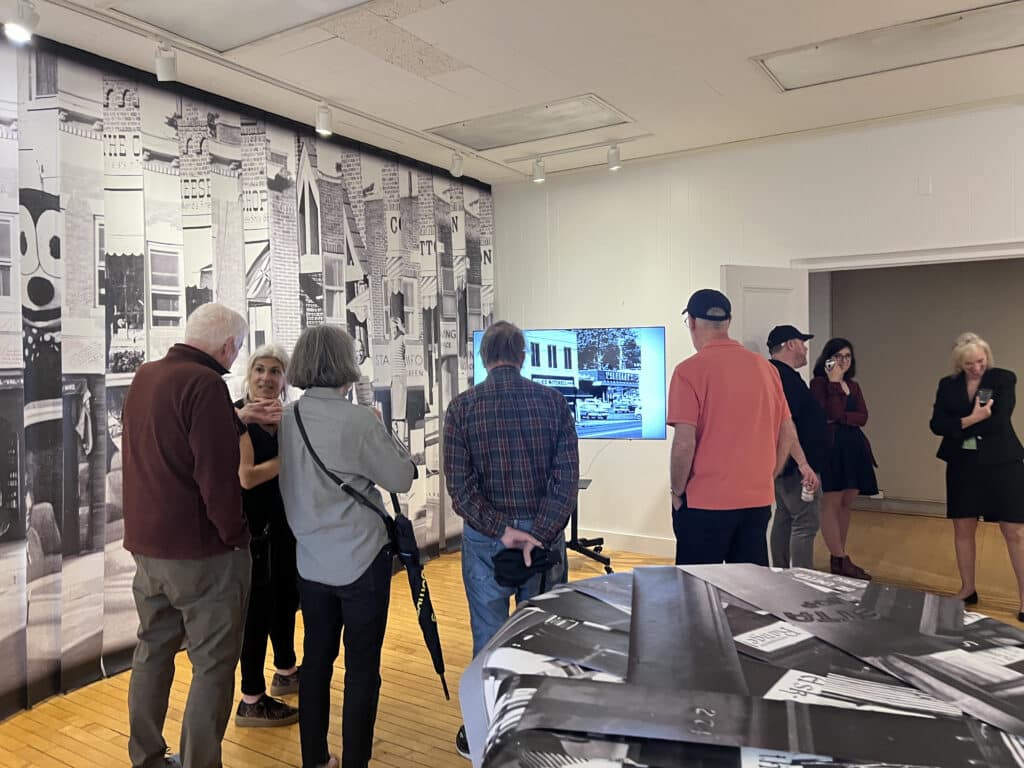
gallery view
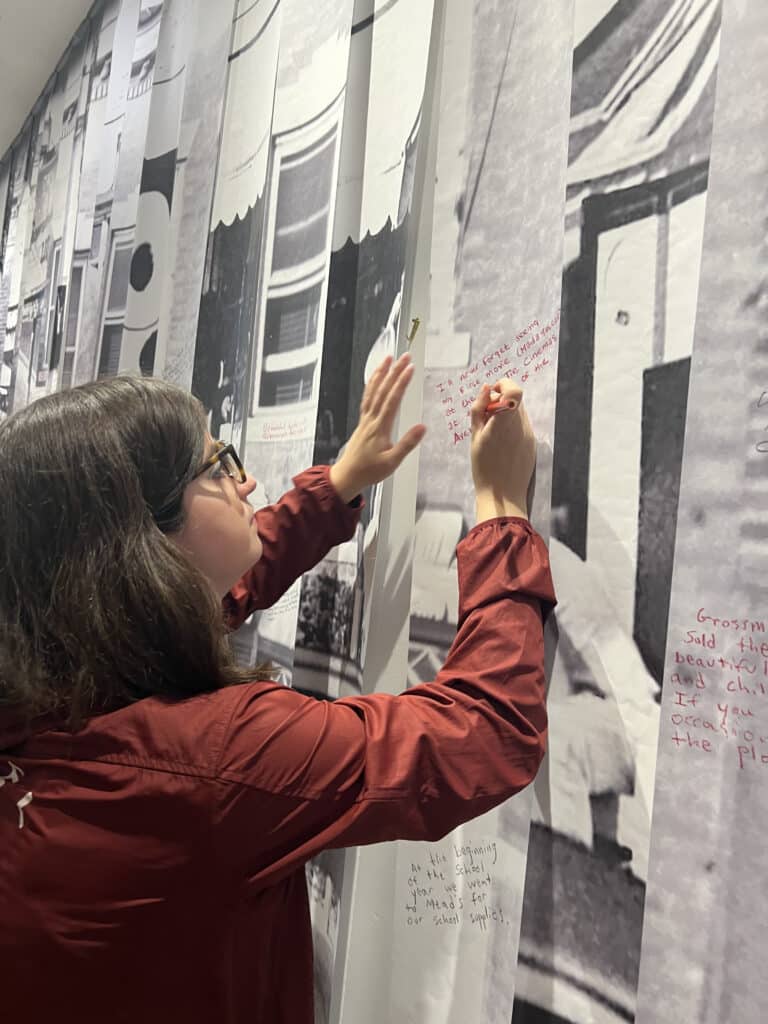
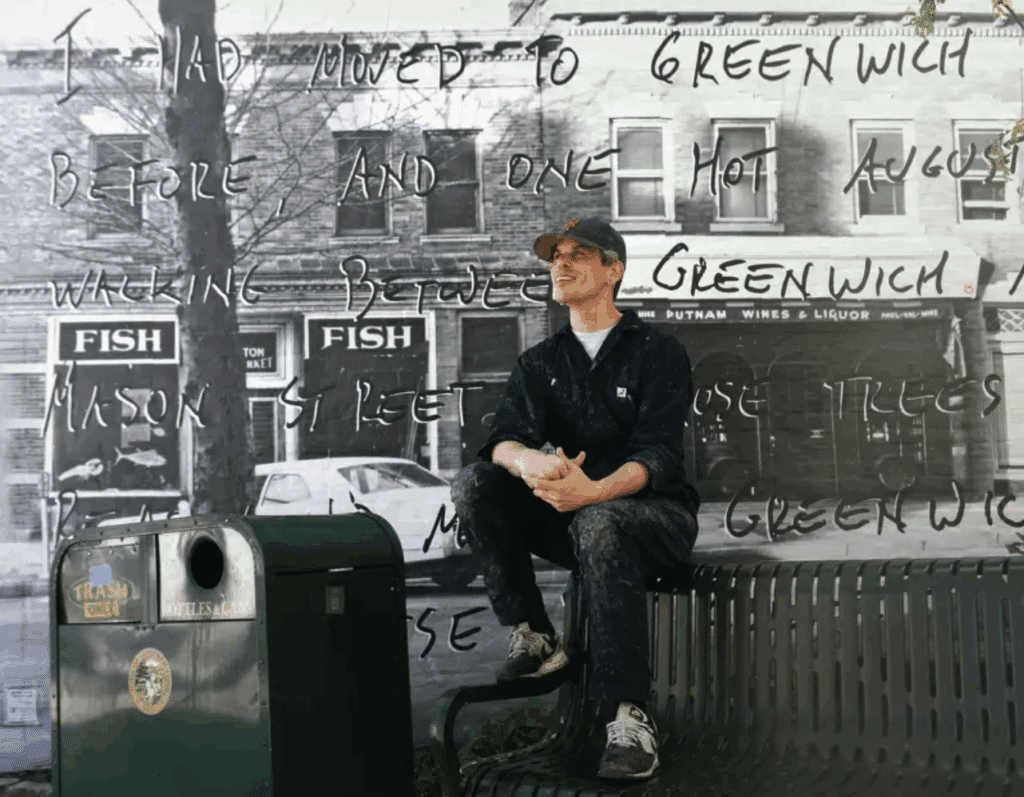
Aaron Asis
Two-Way Street is an interactive art installation created by Aaron Asis to showcase the large-scale archival imagery featured in his Greenwich Avenue murals. Visitors are invited to share their memories and experiences on The Ave by writing directly on the works hanging in the gallery at the Greenwich Arts Council on the 2nd floor 299 Greenwich Avenue (the original Town Hall building).
The installation is accompanied by a video tribute featuring the legacy of family-run businesses along Greenwich Avenue, including Hoagland’s (175 Greenwich Ave), Richards (359 Greenwich Ave), Diane’s Books (8 Grigg Street) and McArdle’s Floral & Garden (45 Arch Street) with engaging interviews and archival imagery.


